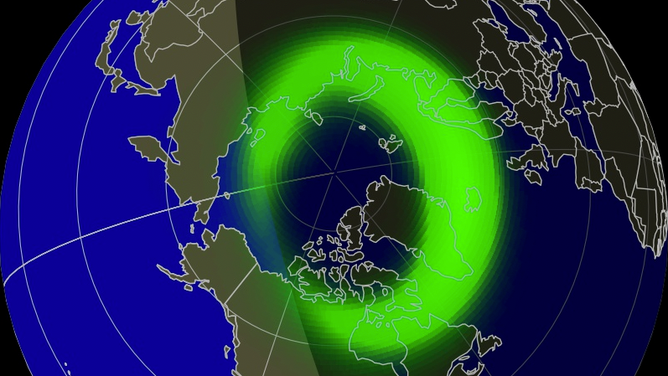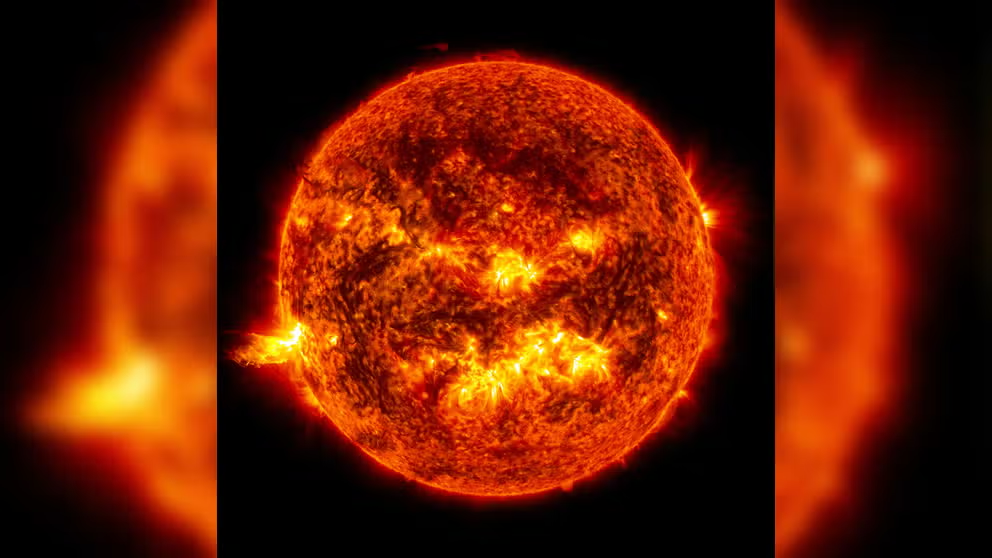Vivid auroras expected this week due to recent solar flare
A solar flare erupted from our sun on Saturday, creating a coronal mass ejection (CME) that will sweep through our atmosphere Tuesday and Wednesday and create a dazzling show for Valentine's Day.
How scientists measure solar flares
NASA gives this short narrated video about solar flares, how they are classified, and their effect on Earth. (Video courtesy: NASA)
The Northern Lights could put on quite show for skygazers in the Northern Hemisphere Tuesday and Wednesday.
"Arctic sky watchers could get a light show for Valentine's Day," officials at spaceweather.com said.
The intense auroras are said to be caused by a recent solar flare, a powerful burst of energy that erupted from our sun. Officials logged the solar flare on Saturday at 10:48 a.m. EST and classified it as an X1.1. flare, the most intense class of flares.

NASA’s Solar Dynamics Observatory captured this image of a solar flare – as seen in the bright flash in the center-left– on Feb. 11, 2023.
(SDO / NASA)
FLASHES OF LIGHT MAY HELP SCIENTISTS PREDICT WHEN SOLAR FLARES MAY EXPLODE FROM THE SUN
"Minor G1-class geomagnetic storms are possible on Feb. 14-15 when one or more CMEs could deliver glancing blows to Earth's magnetic field," spaceweather.com officials said.
CMEs, or coronal mass ejections, are large bubbles of radiation and particles from the sun. According to NASA, CMEs and solar flares are the most powerful explosions in the solar system.
Due to Saturday’s solar flare, one or more CMEs were released from the sun and are expected to strike our planet’s upper atmosphere on Feb. 14 and 15.

The Aurora Forecast for midnight, leading into Feb. 15, 2023. Areas shaded in green have between 10% and 50% probability of seeing an aurora.
(Space Weather Prediction Center / NOAA)
The CMEs may interact with Earth’s magnetic field, resulting in even brighter Northern Lights, or auroras, on the night of Valentine’s Day.
